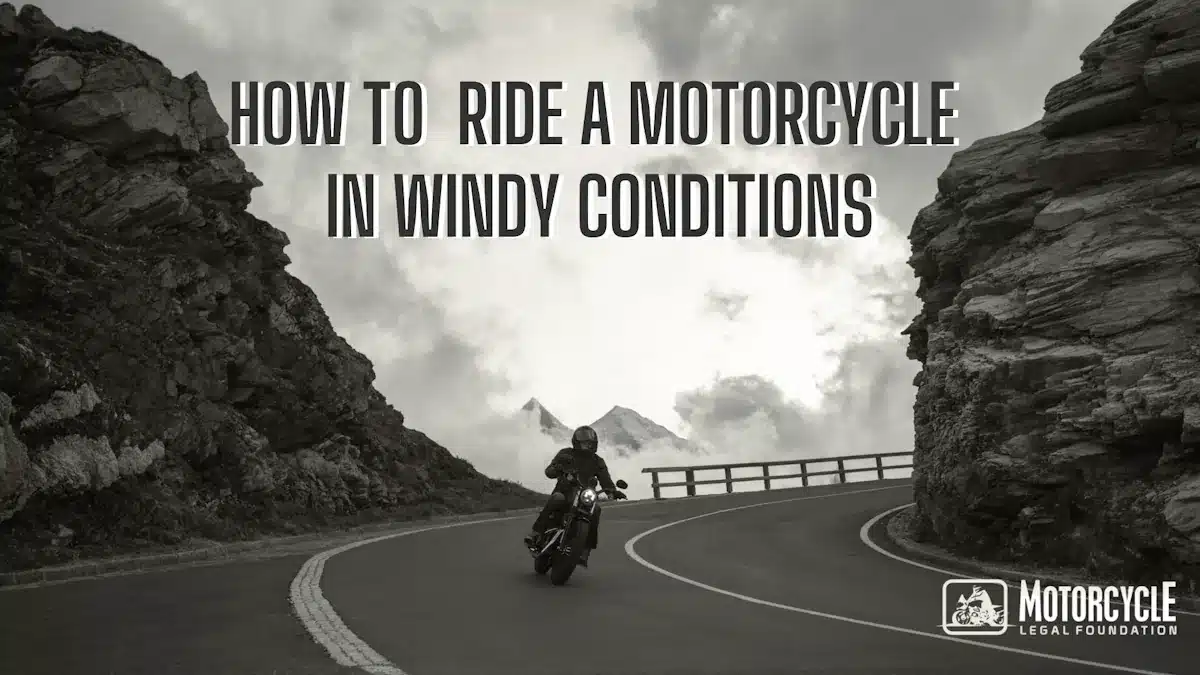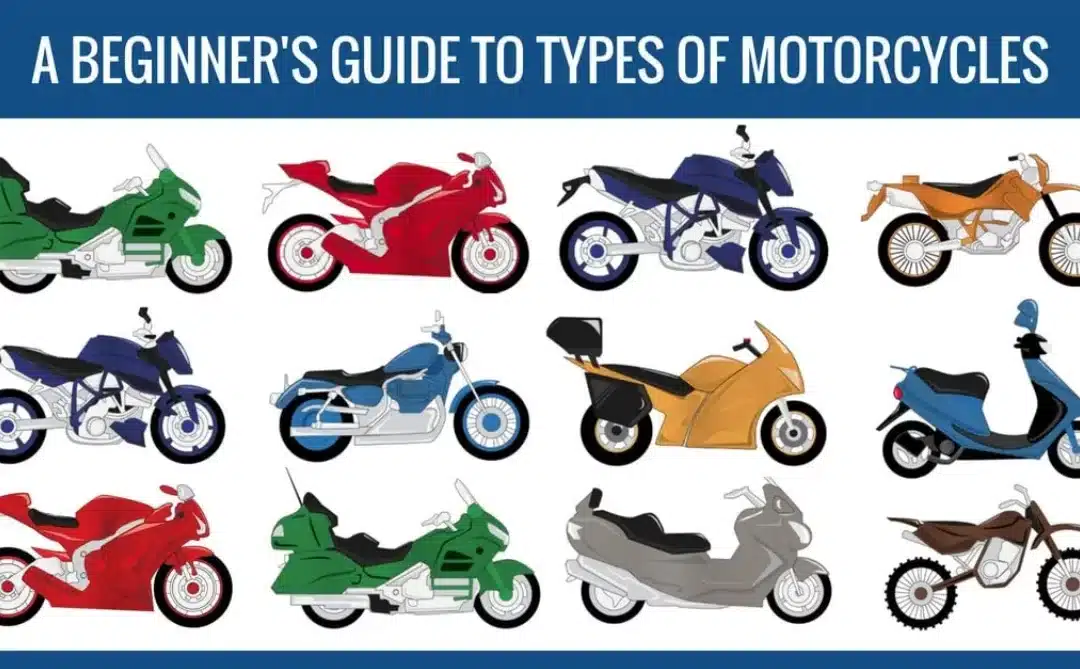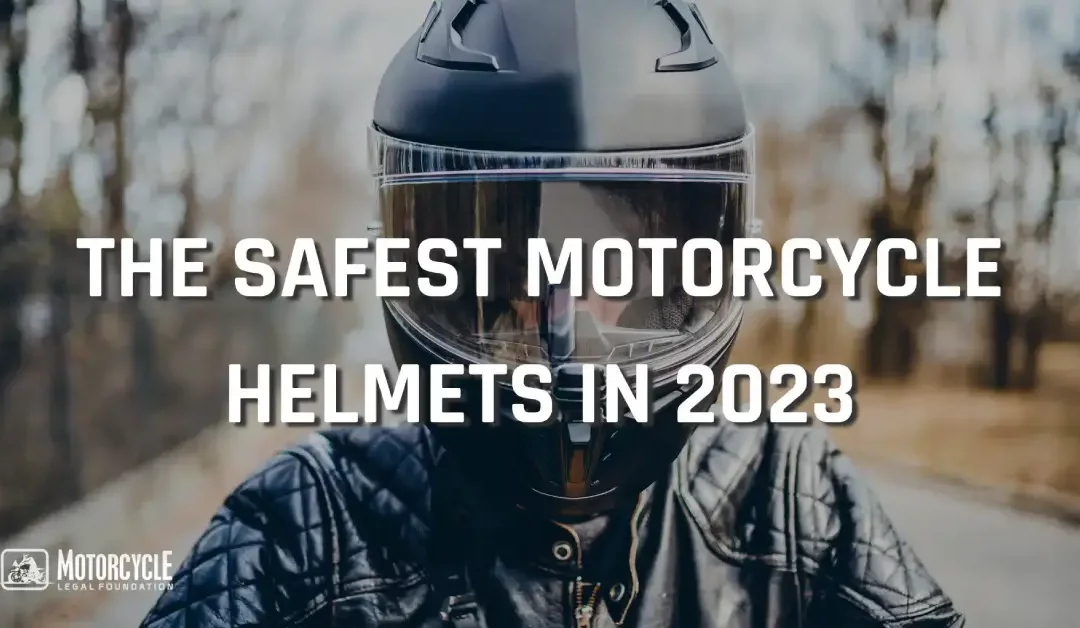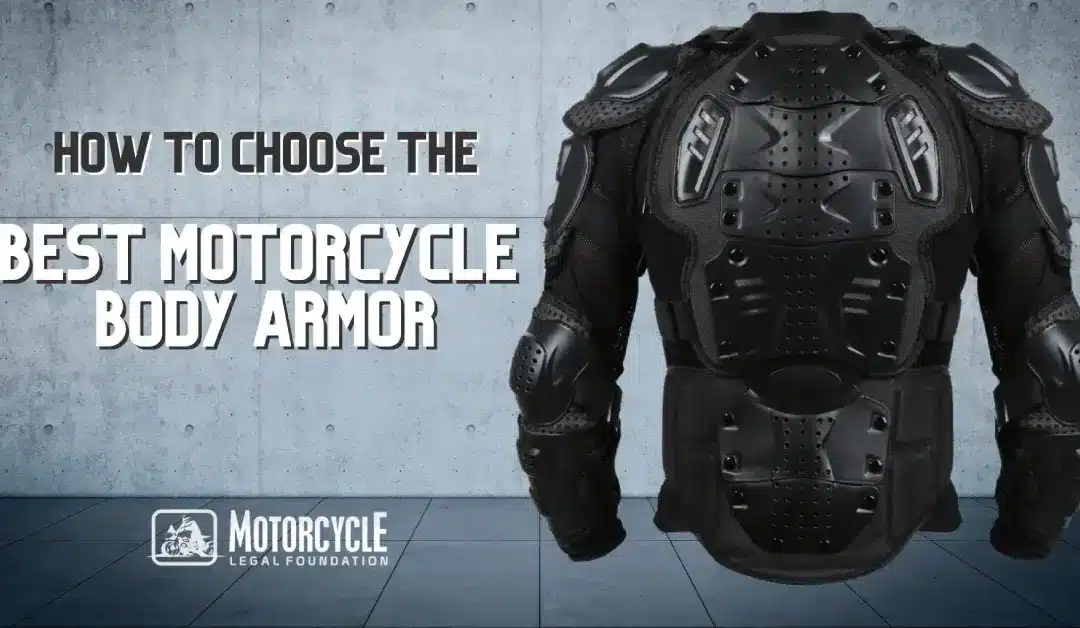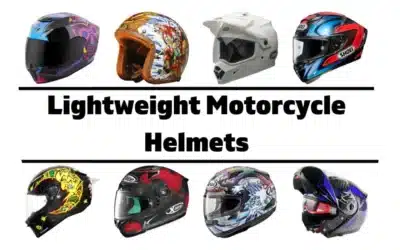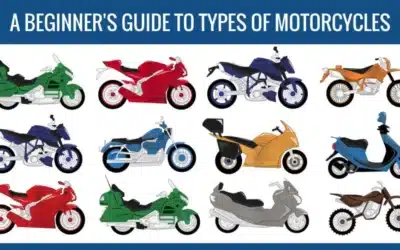Riding on windy days can add an extra challenge to stay safe and arrive at your destination on time. The type of motorcycle you ride and how you position your body will affect your ability to ride in the wind. We’ll cover the following topics:
- What are the best motorcycles for windy conditions?
- How to adjust your body position for optimal safety
- Essential factors that can affect your ride
WHAT TYPE OF MOTORCYCLE IS BETTER FOR WINDY DAYS?
One of the great debates about riding in the wind is what type of motorcycle will ride the best in those conditions. What would you choose if you had the option to choose from more than one motorcycle type (or perhaps you happen to have a fleet in your garage)? Heavier or lighter? Shorter or taller? Minimal or full fairing? All those options factors into how the motorcycle rides in a windy situation.
Compare a touring bike with a large fairing, saddlebags, and larger highway-capable engine to a standard with a small front fairing and smaller engine. The wind is less likely to push a touring motorcycle around due to its weight. A standard motorcycle would be able to escape the path of the wind more than a taller motorcycle. A motorcycle with a full fairing may channel the wind around the rider with more than a little or no fairing option. So is there one motorcycle that would work better than others? No, not necessarily.
Need Motorcycle Insurance?
Enjoy your ride while feeling safe with the best insurance coverage.
MOTORCYCLE RIDING TECHNIQUES FOR WINDY CONDITIONS
Wind can come from all directions, and your motorcycle can help alleviate the effects of the wind pushing your motorcycle around the road. Another significant advantage you have while riding is your body positioning. It can counteract the wind’s force on you and your motorcycle, making it less hazardous on a windy day.
Let’s take a look at different scenarios and determine how to ride safely in each:
Want to Feel Safe on the Road?
It's not just a motorcycle, it's your passion. Protect it with insurance
6 TIPS FOR RIDING YOUR MOTORCYCLE IN THE WIND
The wind isn’t the only thing to consider concerning safety while riding. Other factors can aid your ability to ride in the wind or make it more dangerous to ride on a windy day. These are other considerations to be aware of:
- Tank and saddlebags can add drag – Tank and saddlebags can add a frontal area that wind can catch on. Saddlebags add extra area with a headwind or tailwind and can cause extra drag as air moves around the motorcycle. It can have the same effect as a crosswind as it hits you from either side. Be cautious of adding larger bags on windy days.
- Be aware of wind blocks – Large trucks, buildings, hills, mountains, etc. will shield you from the wind temporarily but can create wind tunnels when you ride out from behind them. Be cautious that trucks can push a lot of wind around them that can either suck you in toward them or push you away and into another lane. Buildings and landmarks won’t suck you in, but they can give you a rush of air as you ride out from behind them. Be prepared.
- Choose the safest lane – Is there a best or safest lane to ride in? There isn’t going to be a one-size-fits-all answer with lane choice because it will depend on the road, other traffic, and weather conditions. On a two-lane road, you may choose the middle or left, as oncoming traffic may push you to the right (or road shoulder) as they pass. The left or middle would give you room to move to the right as needed. You may bias to one side of the lane to counteract crosswinds and traffic, so there isn’t a perfect section to stay in. On a multi-lane section of road, you may need to bias to one side or ride in a particular lane to avoid crosswinds or stay safe around other traffic.
- Check the weather – Before you leave on a ride, be sure to check the weather forecast. If it is projected to be a windy day, pick a route that will be less likely to have the wind. If there isn’t the best route to avoid the wind, perhaps choose to stay home. It may not be worth the risk of riding in hazardous conditions.
- Combat wind fatigue – One side effect of windy conditions that most riders don’t think about is fatigue. Fighting to stay in your lane, counteracting crosswinds, riding slower than expected, and continually adjusting your riding position can wear you out quickly. If you’re on a longer ride, stop after some time to relax and allow your muscles to take a break. It will help you mentally and physically to relax your mind and body.
- Protect your eyes – You are hopefully following ATGATT (all the gear, all the time) and already wearing eye protection. Still, windy days are tough on the eyes. Winds carry small debris like sand and small rocks that can be blinding at speed. These days, a full-face helmet or wrap-around motorcycle eyewear can really pay for themselves in safety and security.
Get the Best Deals in Jackets
Up to 43% off on the best brands and styles of jackets.

